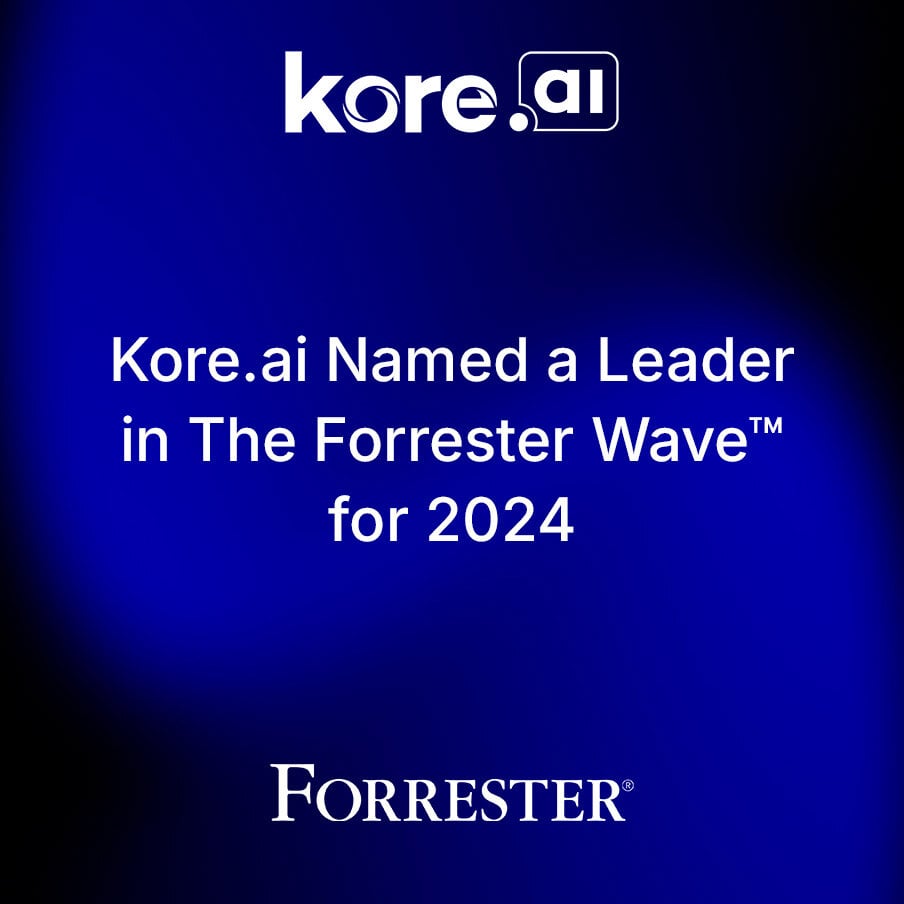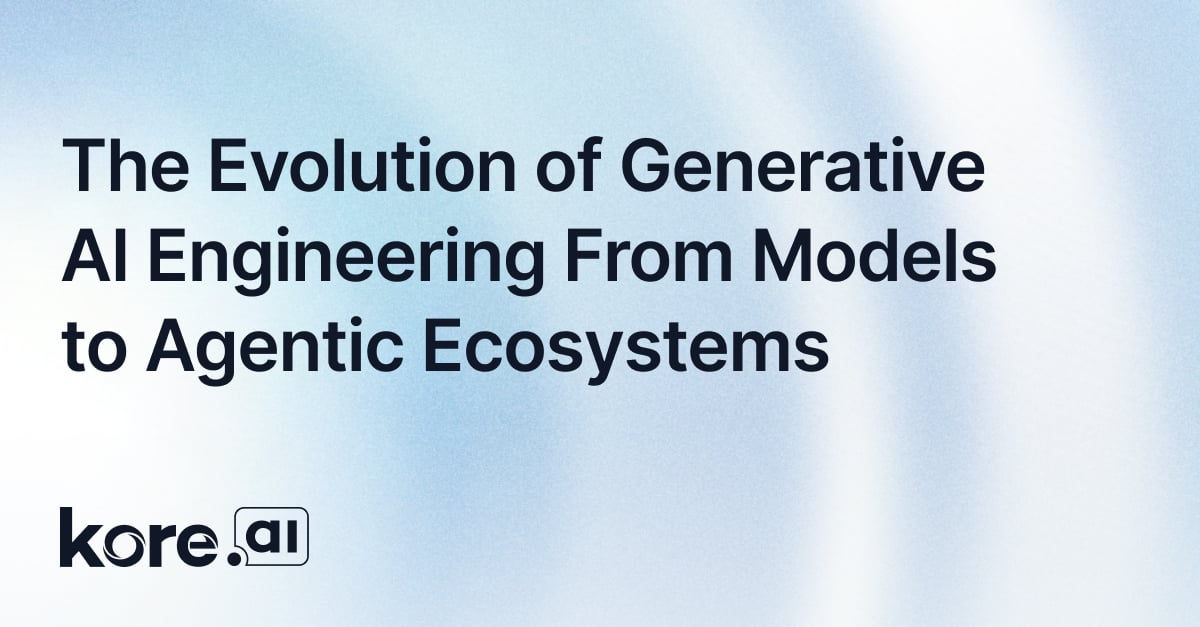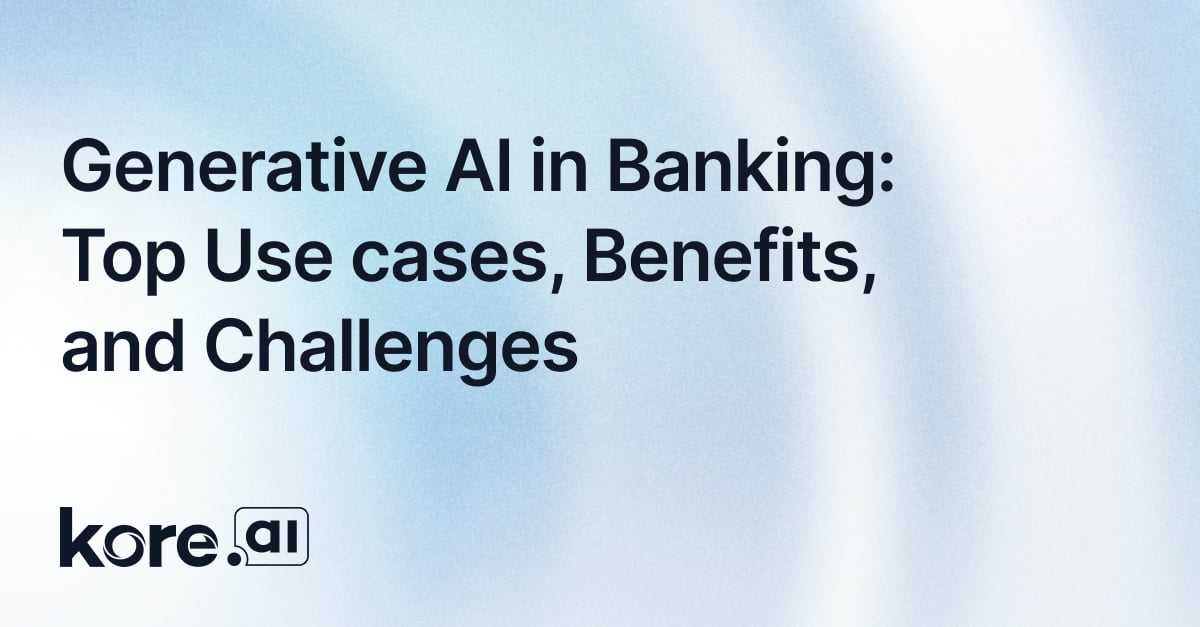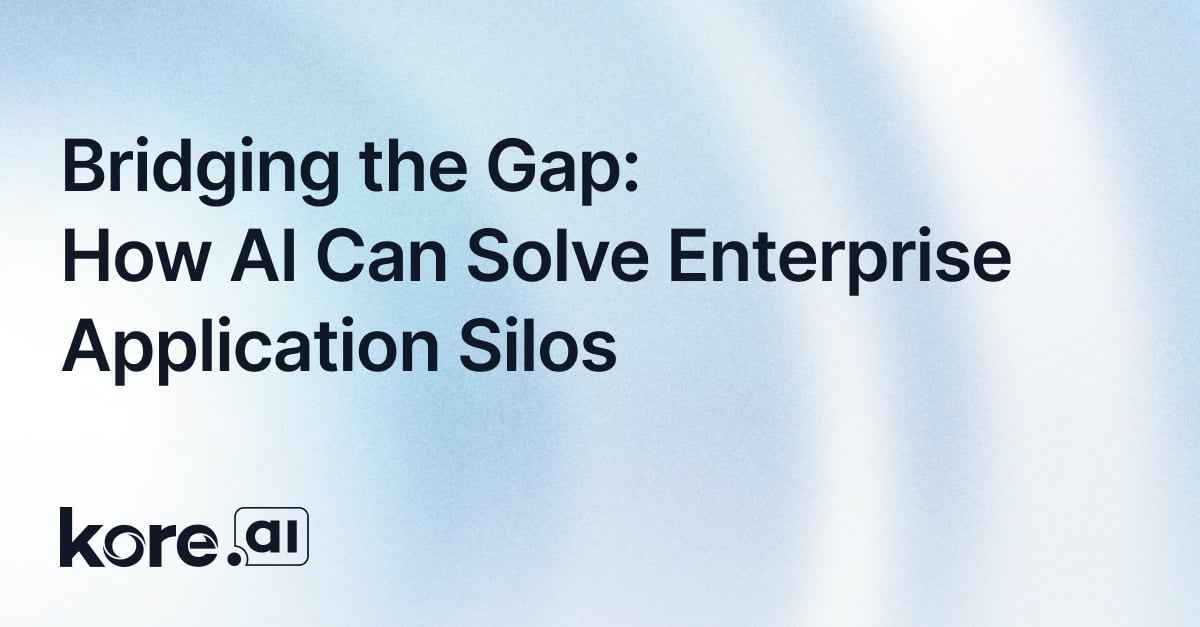Generative AI (GenAI) has rapidly evolved from a niche research concept into a transformative business technology capable of creating realistic images, producing natural-sounding text, designing products, and even writing complex software code. As Gartner defines it, GenAI learns from existing data to produce original content that mirrors training materials—without directly copying them.
However, building these systems today is no longer just about training and fine-tuning models. The frontier of AI engineering is about orchestrating intelligent, autonomous systems that integrate seamlessly into enterprise environments, adapt dynamically to business needs, and collaborate across teams and technologies.
The next era of GenAI is agentic, where AI systems don’t just respond to requests but anticipate needs, self-optimize, and scale effortlessly. With Gartner predicting that 30% of enterprises will implement AI-augmented development by 2025, the race is on to design not just models, but ecosystems of interoperable agents that deliver measurable business value.

Beyond Traditional Paradigms For A Holistic Approach
Gone are the days when GenAI engineering was limited to model building and fine-tuning. The current paradigm focuses on creating sophisticated systems where AI agents can act autonomously, handling tasks from data processing to decision-making. This involves managing the entire lifecycle—from ideation and design to deployment, monitoring, and iteration.
At its core, this evolution requires robust infrastructure that democratizes AI creation while ensuring enterprise-grade reliability.
Tools must enable seamless integration between agents and existing systems, reducing friction in workflows. For instance, platforms that support full-model lifecycle management, like those recognized in Gartner's Emerging Market Quadrants, allow engineers to develop, refine, and deploy large language models (LLMs) efficiently.
%201.png?width=701&height=390&name=image%20(1)%201.png)
Critical Dimensions of GenAI Engineering
Building effective Generative AI applications is not a matter of assembling a few models and connecting APIs—it’s about orchestrating a network of interdependent capabilities that together deliver reliability, adaptability, and value at scale. Modern GenAI engineering rests on a handful of critical dimensions that every enterprise must master to unlock AI’s true potential.
Infrastructure and Tooling
Every robust GenAI initiative starts with the right foundation: a well-architected infrastructure and a comprehensive set of tools that make AI creation accessible to a broad range of users. This isn’t limited to developers; business teams, analysts, and subject matter experts should all be able to participate in the AI lifecycle.
That’s where visual builders, prompt libraries, and AI agent templates come in—democratizing development and enabling non-technical teams to contribute meaningfully. The most forward-looking platforms take this a step further, offering model-agnostic and cloud-agnostic architectures, so enterprises can choose the best model for a given use case without being locked into a single vendor.
With over 180 prebuilt integrations now available in leading platforms, connecting AI agents to legacy ERP, CRM, or document management systems no longer requires months of custom development. The result? Faster deployments, fewer technical bottlenecks, and the ability to innovate continuously in areas like customer support, HR automation, and business process optimization.
Data Integration
If infrastructure is the foundation, data is the lifeblood of GenAI systems. The quality, timeliness, and relevance of that data determines how effective your AI agents will be. To perform at their best, agents must have access to real-time, contextual information—whether that’s a live inventory count, the latest regulatory updates, or an employee’s recent performance data.
Achieving this requires sophisticated data pipelines, vector databases for semantic search, and knowledge management systems that curate and contextualize information. In knowledge management applications, for example, this means moving beyond static FAQs toward dynamically generated insights that adapt to user intent and history.
But with great data comes great responsibility. Bias mitigation and privacy protection are non-negotiable, and more organizations are turning to synthetic data generation to train and validate models without exposing sensitive information. This approach not only strengthens compliance but also reduces the risk of introducing bias into AI outputs.

Deployment and Distribution
The ability to deploy AI agents anywhere business happens is a defining characteristic of modern GenAI engineering. Whether the target is a customer-facing chatbot on a website, an API endpoint powering a partner integration, or an embedded AI assistant within enterprise software, flexibility is essential.
Adaptive architectures make it possible to push AI agents into multiple channels without re-engineering core logic, cutting time-to-market and ensuring consistency of experience. This multi-channel readiness allows organizations to scale AI touchpoints in lockstep with user adoption—bringing AI into more workflows, teams, and geographies with minimal friction.
Scalability and Performance
As enterprises scale their AI footprint, the performance demands can be staggering. Large-scale natural language processing, image generation, or multi-agent orchestration all require high-compute workloads that can quickly overwhelm poorly designed systems.
Leading platforms address this with intelligent load balancing, elastic compute scaling, and real-time resource optimization. Just as important is the ability to perform dynamic model switching—using a high-performance, high-cost model only when necessary, and defaulting to lighter, faster options when workloads allow. This approach optimizes both accuracy and cost efficiency, keeping AI initiatives financially sustainable as they scale.
Governance and Monitoring
Finally, no AI system can be trusted—or sustained—without robust oversight. Enterprises must have the ability to track ROI, detect anomalies, and ensure accuracy throughout the AI lifecycle. This is where governance frameworks come into play, combining safety protocols, drift detection, and auditability to maintain control.
Given the growing risks around intellectual property, cybersecurity, and regulatory compliance, continuous validation has become the gold standard. This means monitoring AI outputs not just for technical accuracy, but for ethical alignment and brand safety. Forward-thinking organizations treat governance not as a constraint, but as a competitive advantage, ensuring their AI operates as a trustworthy extension of their business.
Tackling the Engineering Challenges
The cutting edge of GenAI engineering lies in addressing multifaceted questions: How do we master prompt engineering to elicit precise responses? How can incremental prompt changes be managed without breaking functionality? And how do we switch models seamlessly while maintaining accuracy and cost efficiency?
These challenges are amplified in agentic systems, where AI must orchestrate data pipelines and automate lifecycles. Solutions like prompt engineering—programming models without altering their core—offer a way forward, protecting IP while leveraging foundational models. Emerging leaders like Kore.ai exemplify this, providing end-to-end platforms for testing, monitoring, and optimizing GenAI applications in categories such as AI Knowledge Management and General Productivity.
Looking Ahead & The Future of GenAI Engineering
As GenAI continues to mature, its impact will be profound, automating 60% of design efforts by 2026 and enabling applications generated without human intervention by 2027. Engineers must prioritize ethical practices, regulatory compliance, and sustainability to harness this potential responsibly.


In summary, GenAI engineering is about building resilient, intelligent ecosystems that drive enterprise value. By embracing these dimensions and tackling challenges head-on, organizations can unlock unprecedented productivity and innovation. Whether you're starting with off-the-shelf tools or custom integrations, the future is agentic—and it's here now.










